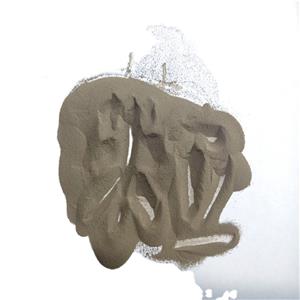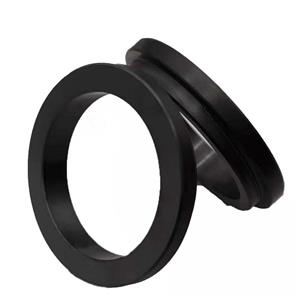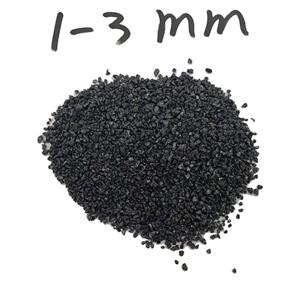Sintered SiC roll without pressure
II. Performance Features
1. High Purity and High Density: The carbon content of the pressureless sintered carbide roller is over 99.1%, with a density ≥ 3.10g/cm3, ensuring excellent physical and chemical properties.
2 High Temperature Resistance: The pressureless sintered silicon carbide roller can operate normally at temperatures as high as 1800°C, demonstrating outstanding hightemperature resistance.
3. High Thermal Conductivity: Its thermal conductivity is comparable to that of graphite materials, making it suitable for applications requiring efficient heat transfer.
4 High Hardness: The hardness of the pressureless sintered silicon carbide roller is second only to diamond and cubic boron nitride, providing high wear.
5. Corrosion Resistance: It is not corroded by strong acids or strong alkalis, offering better corrosion resistance than tungsten carbide and alum.
6. Lightweight: With a density close to that of aluminum, it has a relatively light weight, making it easy to handle and install.
7. Good Stability: With a very small thermal expansion coefficient and excellent resistance to thermal shock, it remains stable in high-temperature environments without deformation or cracking.
III. Application
1. Semiconductor Industry: Utilizing the high-temperature resistance, corrosion resistance, and high strength of the pressureless sintered silicon carbide roller, can be used to manufacture silicon wafer carriers.
2. Metal Melting Field: As a sealing material, it exhibits excellent thermal stability, high hardness, and resistance to wear and corrosion, maintaining good mechanical properties and dimensional stability at high temperatures.
3. Solar Energy Industry: It can be used in the production lines ofium-based and silicon-based solar cells, and in the soldering materials in solar panels.
4. Machinery and Chemical Industry: Suitable for petrochemicals,, transportation, automation, and other mechanical processing fields, as well as in the production of chemical equipment and pipelines, leaching absorption towers




